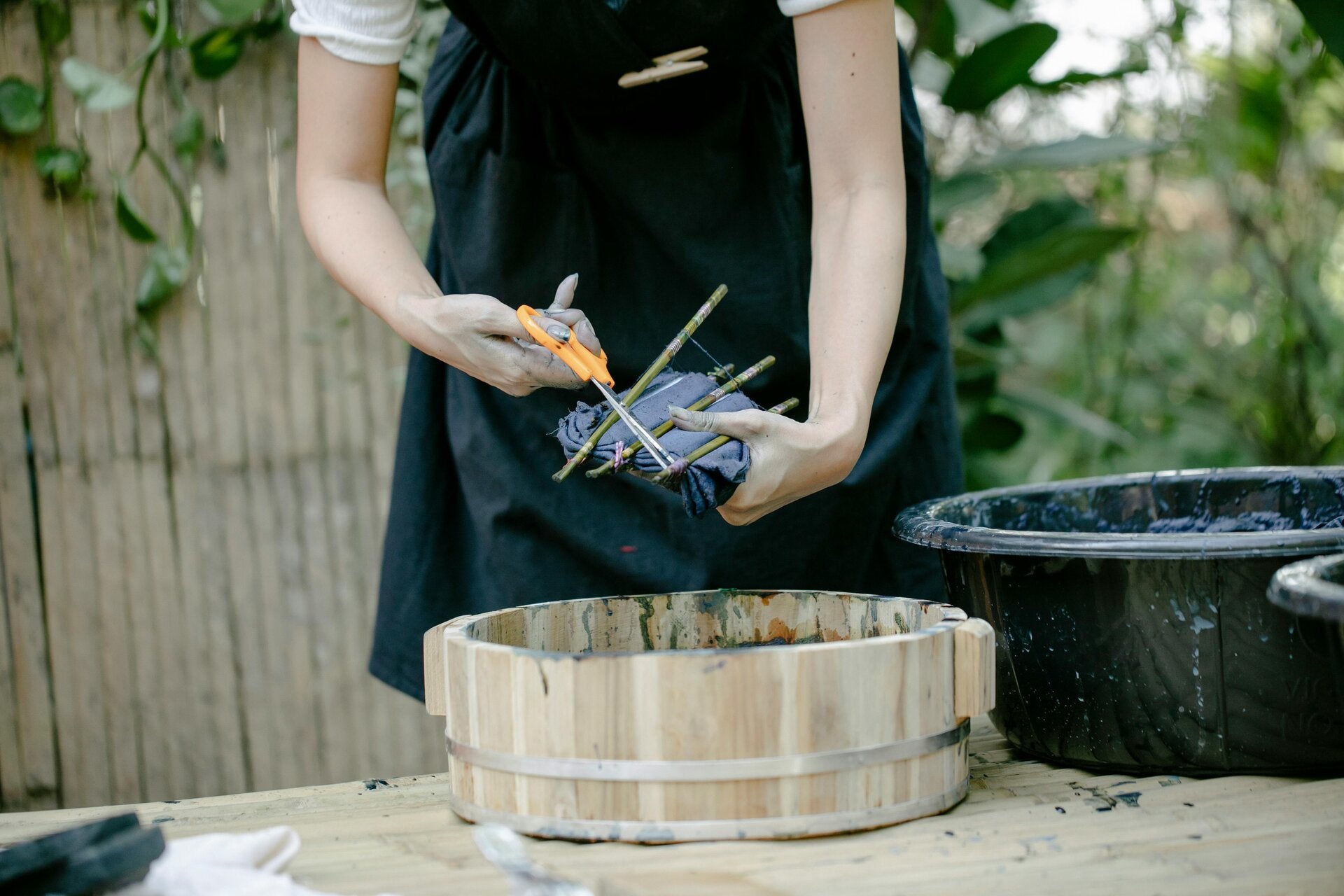Information
Welcome to our fact sheets and help page! Here at Leatherhead Bonsai Club, we aim to provide the resources you need to nurture your bonsai passion.

Fact Sheets
JUNIPER

Fact Sheet and Care Guide for Juniper Bonsais
Juniper bonsais are one of the most popular and beginner-friendly bonsai tree species, thanks to their hardy nature and elegant appearance. Native to regions with diverse climates, junipers are evergreen conifers that thrive both indoors and outdoors, making them versatile and relatively easy to care for. Below is a concise guide to help you care for your juniper bonsai and ensure it flourishes for years to come.
Watering
Juniper bonsais prefer slightly moist soil, but they should never be waterlogged. Check the soil regularly and water only when the top layer feels dry to the touch. Use room-temperature water and ensure good drainage to avoid root rot. During hot seasons, you may need to water more frequently, while in colder months, the watering schedule can be reduced.
Light Requirements
These trees need plenty of sunlight to thrive. Outdoor placement is ideal, as junipers love full sun for at least 4-6 hours a day. If kept indoors, place your bonsai near a south-facing window and consider supplementing with grow lights if natural light is insufficient.
Temperature and Humidity
Junipers can tolerate a range of temperatures but prefer a cooler environment. They are not suited for prolonged indoor growing unless exposed to proper light and humidity levels. Protect your bonsai from frost during winter by placing it in a sheltered location.
Pruning and Shaping
Regular pruning is essential to maintain the compact shape of a juniper bonsai. Remove dead or overgrown branches to encourage healthy growth. Use bonsai-specific tools for precise pruning and wire branches during the growing season to shape your tree. Avoid cutting back all the foliage, as junipers rely on their needles to photosynthesise effectively.
Repotting
Repot your juniper bonsai every 2-3 years in spring to refresh the soil and provide room for root growth. Use well-draining bonsai soil and trim excess roots to prevent overcrowding. After repotting, water thoroughly and keep the tree in a shaded area for a few weeks to reduce stress.
Fertilising
Feed your juniper bonsai with a balanced fertiliser every 4-6 weeks during the growing season (spring to autumn). Use a slow-release or liquid fertiliser designed for bonsais. Reduce feeding during winter, as the tree's growth slows down.
Pest and Disease Prevention
Juniper bonsais are relatively pest-resistant, but they can occasionally fall prey to spider mites, aphids, or scale insects. Inspect your tree regularly and treat any infestations with insecticidal soap or neem oil. Ensure proper airflow and avoid overwatering to prevent fungal diseases.
Conclusion
Caring for a juniper bonsai is a rewarding experience that combines patience and artistry. With proper attention to light, water, pruning, and seasonal care, your bonsai can thrive and become a beautiful, long-lasting addition to your space. Whether you're a novice or an experienced bonsai enthusiast, the juniper is a timeless choice that offers both durability and elegance.
Click here to add text.


Care and Support
We offer detailed guidance on bonsai care and support. We are committed to making the bonsai journey enjoyable for everyone in Leatherhead.
Bright and Colourful Information
Join the Leatherhead Bonsai Club, a place to have fun, learn and not be judged. For more information, do not hesitate to contact us.